The vagina changes in shape, elasticity and lubrication, and even pubic hair looks and feels different.
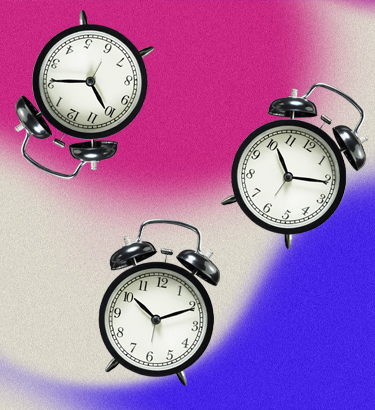
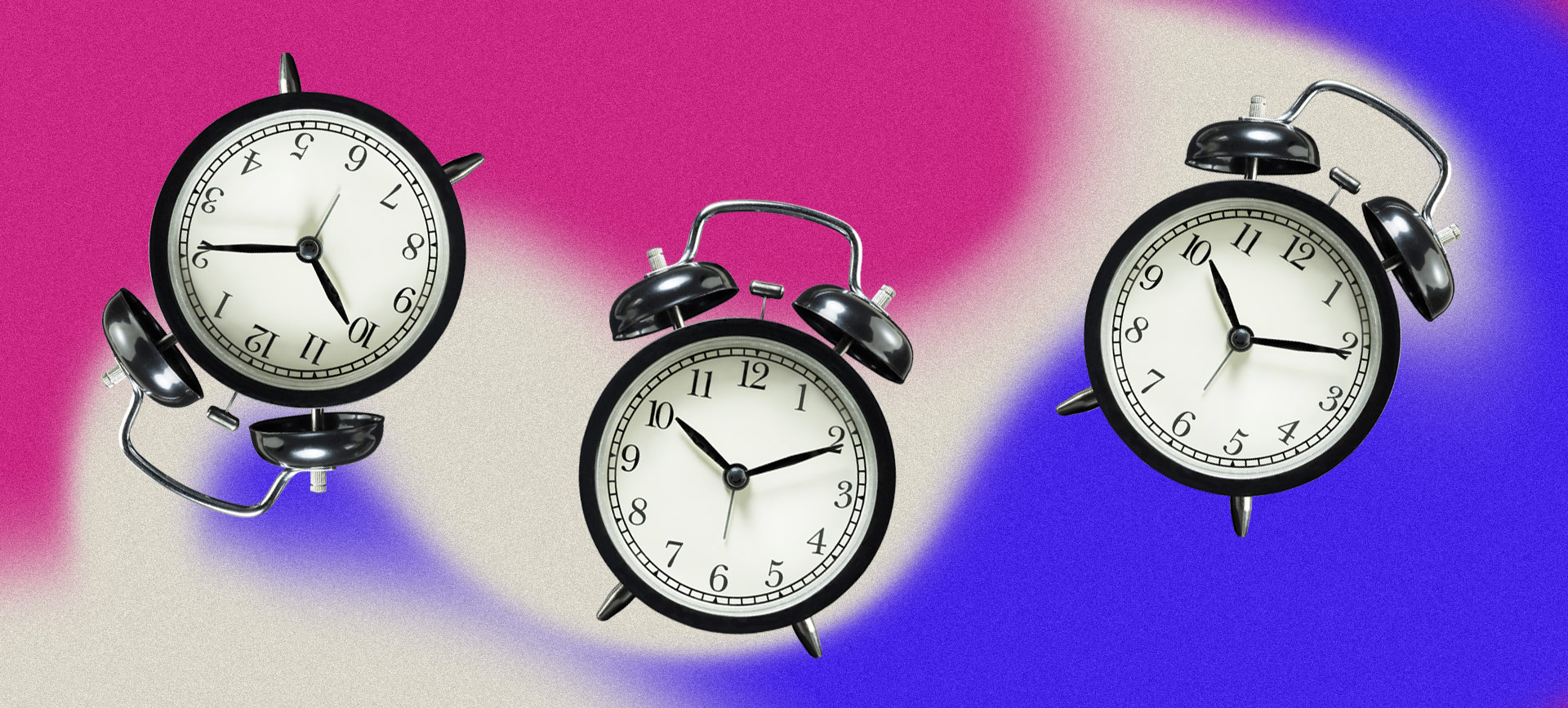
How the Vagina Ages: A Visitor's Guide
Welcome, travelers, to a journey through the life of a vagina. Time is not always a kind mistress, and like all parts of the human body, a woman's genitals age. The vagina changes in shape, elasticity and lubrication, and even pubic hair looks and feels different. These alterations can have a huge impact on her libido, body image, and interest in and comfort during sex. Understanding what's going on with a partner's body can help you support her through time's tests and keep intimacy going strong. Let's venture on.


We begin in the reproductive years. The average age females reach puberty is 11, and ranges from 8 to 13 years old. At this time, many changes happen to the vulva and vagina in response to the new production of the sex hormones estrogen and progesterone by the ovaries and adrenal glands. Pubic hair appears. The labia enlarge. Vaginal discharge is produced by the vagina to prevent infection and irritation, protect vaginal tissues and provide lubrication. Sexual arousal results in vaginal swelling and lubrication. Women begin menstruating, a process in which the lining is sloughed off of the uterine walls each month, resulting in four to six days of vaginal bleeding. Menstruation generally occurs every 28 days until a woman reaches menopause, or the cycle is interrupted by pregnancy.
During reproductive years, bearing a child can result in significant changes to a woman's body. In the short term, vaginal tears and pelvic floor muscle damage are common; in the long term, stretching of the vaginal canal and pelvic floor and excess labia tissue are frequent complaints, and the vagina may never return to its pre-labor state. Childbirth-related alterations and how the body recovers from them vary significantly from one woman to the next, as does the psychological impact.
Skipping a period entirely during perimenopause is common.
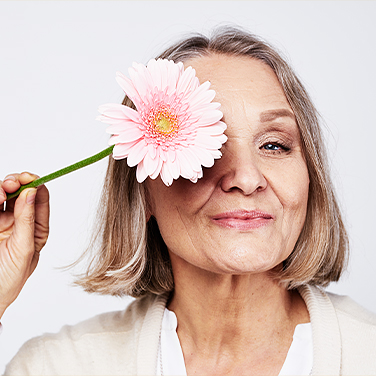
And now we travel forward to the end of the reproductive years. The five to 10 years prior to menopause is known as perimenopause, typically occurring in a woman's late 30s, 40s or early 50s. During this transitional time, estrogen production becomes erratic, and fluctuations in its levels can result in cycle changes from month to month. Women may experience shorter or longer periods, or a mixture of the two. Skipping a period entirely is common. Discharge may take on a brownish tint; it may become thinner and more watery, or thicker and clumpy.
As menopause draws near, estrogen production gradually declines, which may manifest as physical symptoms including vaginal dryness and reduced discharge. Desquamative inflammatory vaginitis (DIV)—a form of vaginitis characterized by vaginal inflammation, rash, discharge and pain with sex—is more common during perimenopause. This can be a trying stage of life for women as their bodies are changing in somewhat erratic ways, and it's likely your female partner will need a little extra support.
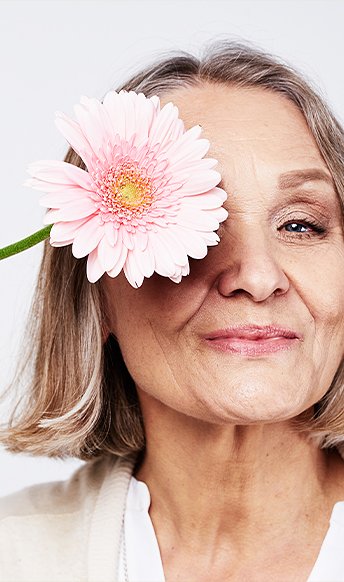


We've now progressed to what some people refer to as the big change. And a big change indeed it is. Menopause is the end of a woman's menstrual cycle, clinically denoted by the absence of a menstrual period for one year. The ovaries cease production of the hormones estrogen and progesterone, and stop releasing ova, or eggs. This means a woman can no longer become pregnant through normal intercourse. The hormonal changes cause myriad challenging symptoms. Vaginal dryness and the thinning and decreased elasticity of the vaginal wall can result in discomfort or pain during intercourse. Decreased libido and sex response are common. The loss of estrogen and testosterone during menopause can also take the wind right out of your libido. Women may not be as easily aroused during foreplay or may have no interest in sex at all. Lubricants and moisturizers can help with vaginal discomfort, but patience and understanding will be necessary.
Women typically experience menopause at around age 50, with the average range from 45 to 55. Early menopause refers to onset prior to age 45; premature menopause occurs before age 40. Early and premature menopause can be caused by surgeries such as oophorectomy and hysterectomy, smoking, chemotherapy or radiation for cancer, certain infections and chromosomal abnormalities.
Sex can help prevent vaginal atrophy during and after menopause.

Like time, menopause cannot be stopped; however, there are ways to make the transition a little easier. Many women will experience hot flashes, headaches, insomnia and moodiness, decreased short-term memory, urinary frequency and urgency, and decreased breast tissue.
Hormone replacement therapy (HRT) (with estrogen and/or progesterone) and vaginal creams, moisturizers and lubricants can help with hot flashes and vaginal and vulvar discomfort, particularly during sex, and medications (certain antidepressants, HRT) and lifestyle changes can combat decreased libido. Hormone medications and estrogen topical therapies may not be recommended for some women, such as breast cancer survivors.
Beyond physical changes, women may experience mood swings, irritability and symptoms of depression due to the radical decrease in estrogen production. In this stage, it's important that you support her and encourage her to seek professional mental health treatment if necessary.
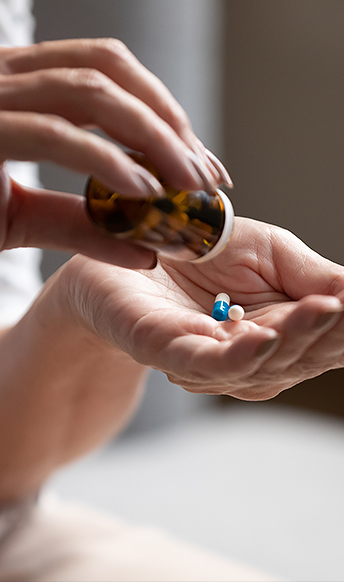
Decreased libido and sex response are common during menopause.

We've arrived at the end of our tour, the postmenopausal stage of life. Some of the physical changes that began during menopause continue afterward, often causing additional struggles with self-confidence and insecurity about appearance. After menopause, women are at increased risk for osteoporosis (bone loss), yeast infections, urinary tract infections (UTIs), and prolapse of the vagina, bladder or uterus.
A woman's vagina will further atrophy (shrink) as she ages, which can worsen discomfort or pain with sex. The labia become less full and may gradually darken and sag. Topical estrogens (via creams or an estrogen ring) can minimize the thinning of vaginal tissues and help maintain elasticity. Sex itself can help prevent atrophy and rigidity. A healthy lifestyle is crucial: Getting plenty of exercise, eating a balanced diet, refraining from smoking (which can decrease estrogen levels) and staying hydrated all support a healthy vagina and sex life at all ages.
The substantial changes to her vagina throughout the years can be a challenge for a woman, both physically and emotionally. Thankfully, myriad medications and treatments are available to help women continue to feel comfortable and confident, and to keep their sex lives as vital as they are. Support and understanding from a loved one go a long way, too.

Like time, menopause cannot be stopped; however, there are ways to make the transition a little easier.









